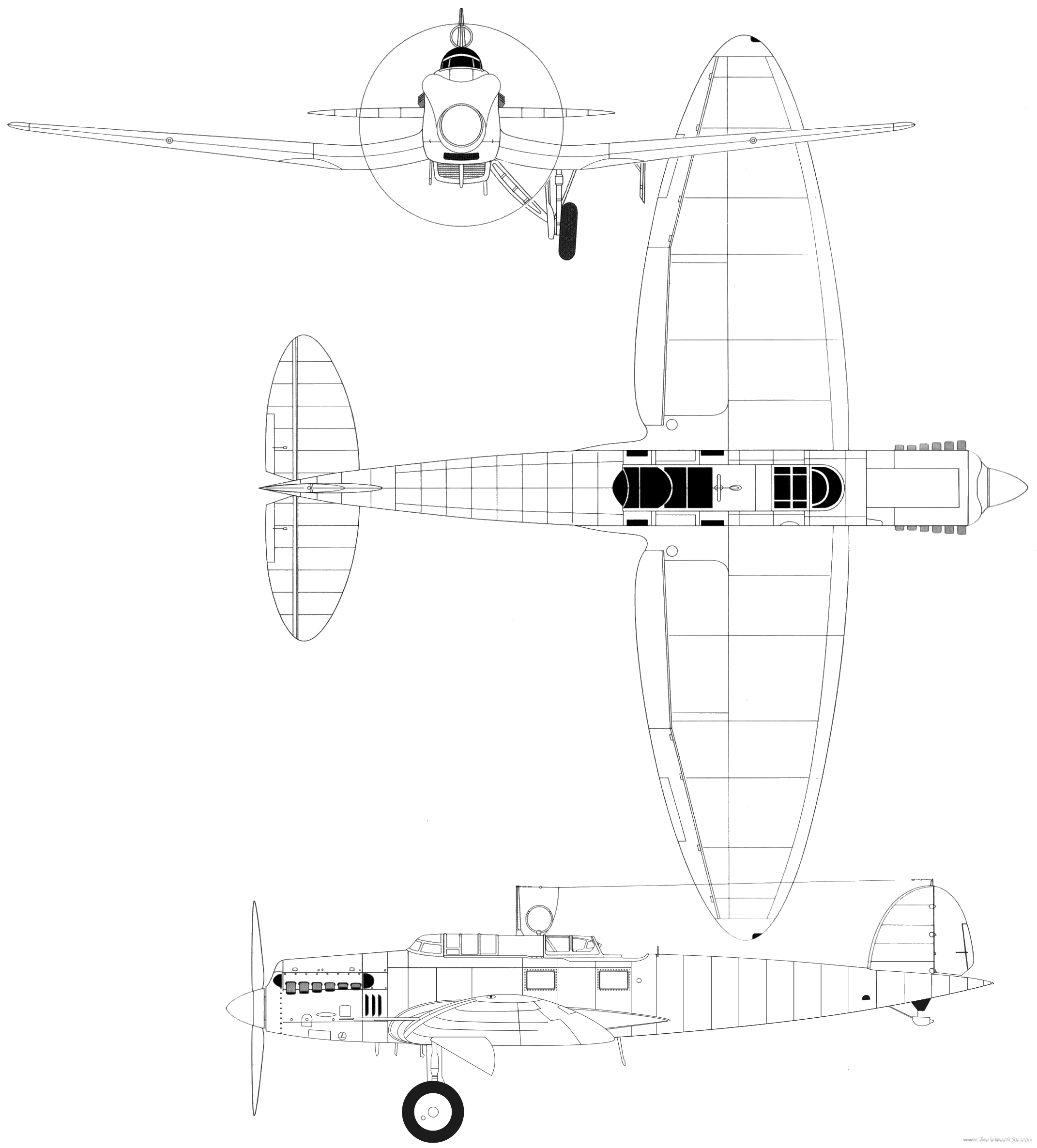The
He-70 was a very fast passenger-aircraft and recon-aircraft durig the Spanish civil war. It had a topspeed of 360 km/h (224 mph) at sea-level and was the fastest passenger aircraft in the world.
During the Spanish-civil-war it got the name Rayo(lightning) due to it's extreme speed. 28 Aircraft where operated during this time by the Legion Condor. During early WW2 (1941-42) it was used by the Royal Hungarian Airforce too. It's main weakness was that it catched fire very easy due to the fact that some parts where made out of an magnesium-alloy wich catched fire very easily.

The aircraft itself was designed in the early 30ies by Siegfried Günter. Production at the Ernst-Heinkel Flugzeugwerke in Rostock in 1932. It was a single-engined monoplane wich was low-winged. It also introduced the eliptical wing-design, wich inspired Aircraft like the Spitfire, He-111 or Aichi D3A.
Versions:He-70a: First prototype
He-70b: Second prototype with a crew of 2 and 4 passenger-seats.
He-70c: Third prototype armed with a machine-gun.
He-70d: Forth prototype build for Lufthansa with BMW VI 7,3 engine.
He-70e: Fith prototype, build for the Luftwaffe as light bomber. powered with BMW VI 1,3 engine.
He-70A: Passenger version for Lufthansa
He-70D: Passenger version for Lufthansa, 12 buildt
He-70E: Light bomber version for Luftwaffe, later converted to F
He-70F: Recon-Courier version
He-70F-1: Long Range Recon
He-70F-2: like F1
He-70G: passenger version for Lufthansa, after 1937 converted to F
He-70G-1: One exampel fitted with 604 kW (810 hp) Rolls-Royce Kestrel piston engine
He-70K: Hungarian Version, with license made 746 kW (1,000 hp) WM-K-14 radial engine
He-270 V1: with inline DB-601A engine.
 Operators:
Operators:Civil:
Nazi-Germany
Japan (1 AC for testing)
United Kingdom (1 AC as engine testbed)
Switzerland (few examples for express trans-alpine flights.)
Military:
Nazi-Germany
Hungary
Spanish State (recived 11 of the 30 Legion Condor-Aircraft)

Blueprint:



 Cockpit
Cockpit Technical Data
Technical DataGeneral characteristics:
Crew: 3 (pilot, radio operator and dorsal gunner)
Length: 11.70 m (38 ft 4? in)
Wingspan: 14.80 m (48 ft 6?.75 in)
Height: 3.10 m (10 ft 2 in)
Wing area: 36.50 m² (392.9 sq ft)
Empty weight: 2,360 kg (5,203 lb)
Loaded weight: 3,386 kg (7,450 lb)
Max. takeoff weight: 3,500 kg (7,700 lb)
Powerplant: 1 × BMW VI 7.3 Z water-cooled V12 engine, 750 hp (560 kW)
Propellers: metal, two-bladed
Performance
Maximum speed: 360 km/h (195 knots, 224 mph) at sea level
Cruise speed: 295 km/h (159 knots, 183 mph)
Range: 2,100 km (1,135 nmi, 1,305 mi)
Service ceiling: 5,300 m (17,390 ft)
Climb to 1,000 m (3,300 ft: 2.5 min
Climb to 4,000 m (13,125 ft): 15 min
Armament
Guns: 1 × 7.92 mm (.312 in) MG 15 machine gun aimed from rear cockpit
Bombs: 6 × 50 kg (110 lb) or 24 x 10 kg (22 lb) bombs internally


About the Heinkel 70:
http://en.wikipedia.org/wiki/Heinkel_He_70http://www.aviatia.net/wwii-aircraft/germany-wwii-airplanes/heinkel-he-70/ Author
Topic: Heinkel He-70 'Blitz' (Read 23060 times)
Author
Topic: Heinkel He-70 'Blitz' (Read 23060 times)


